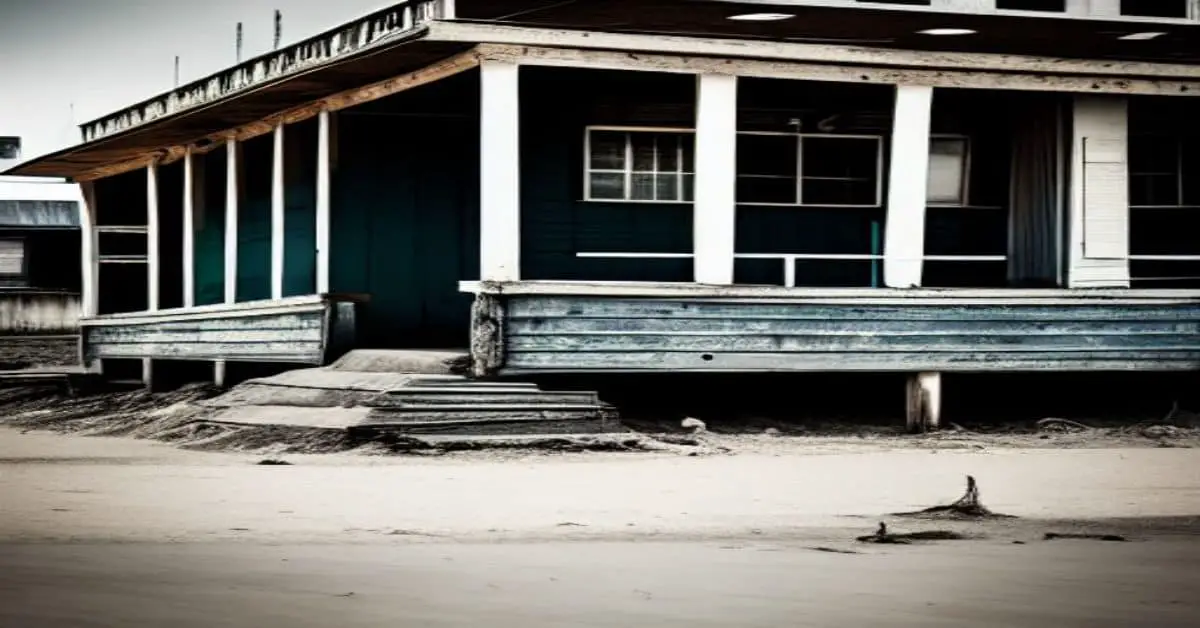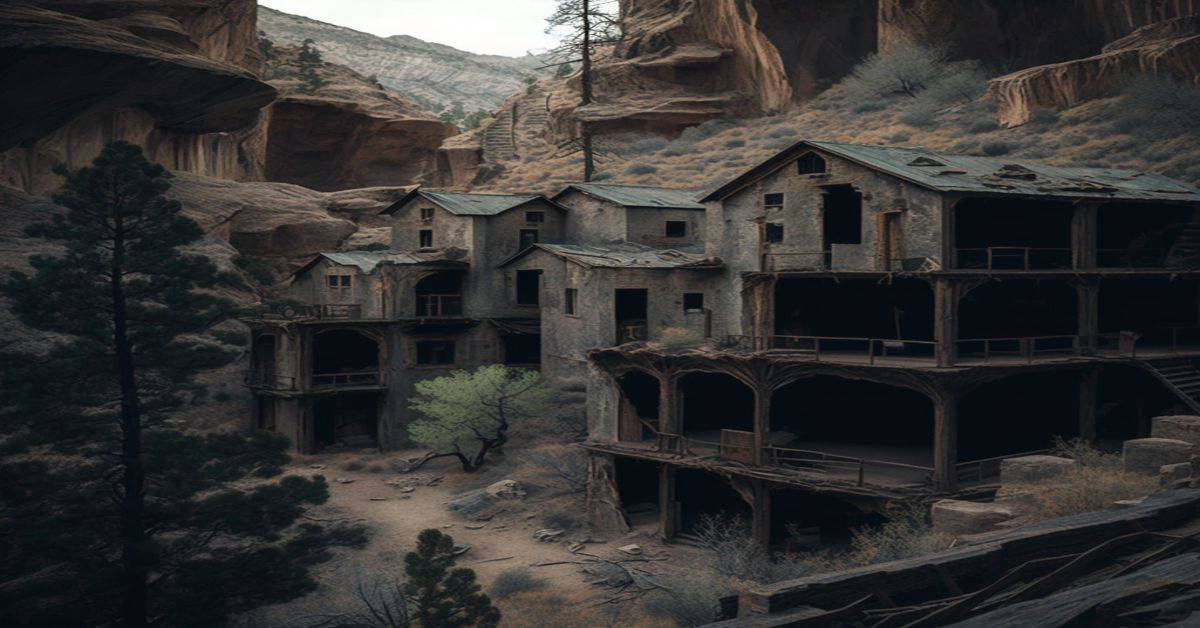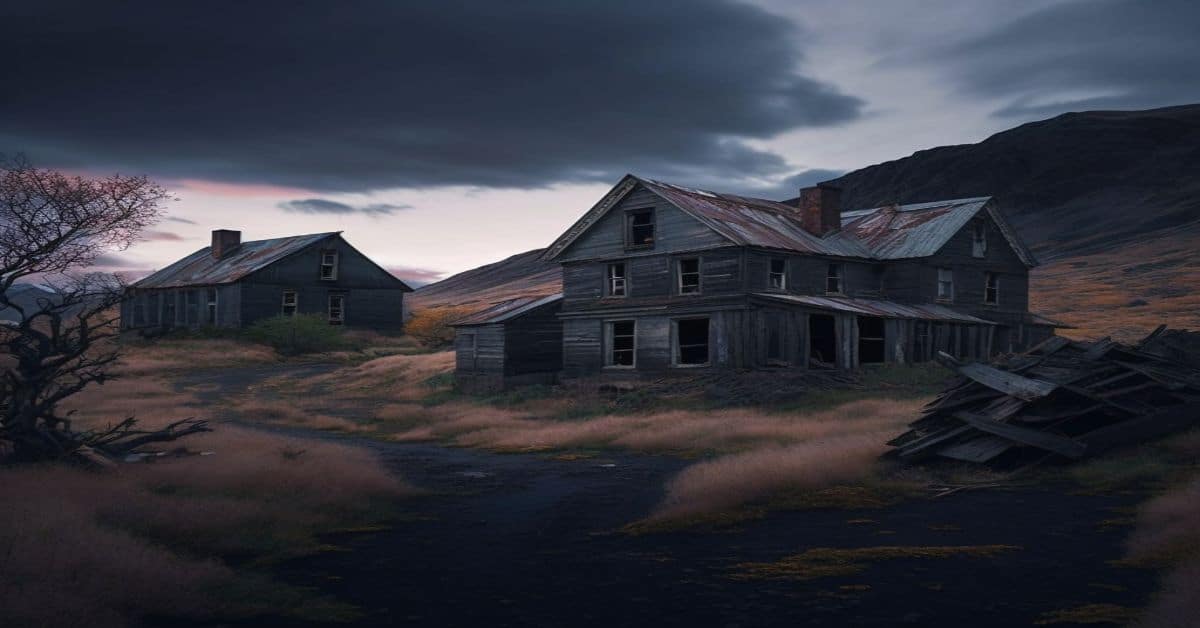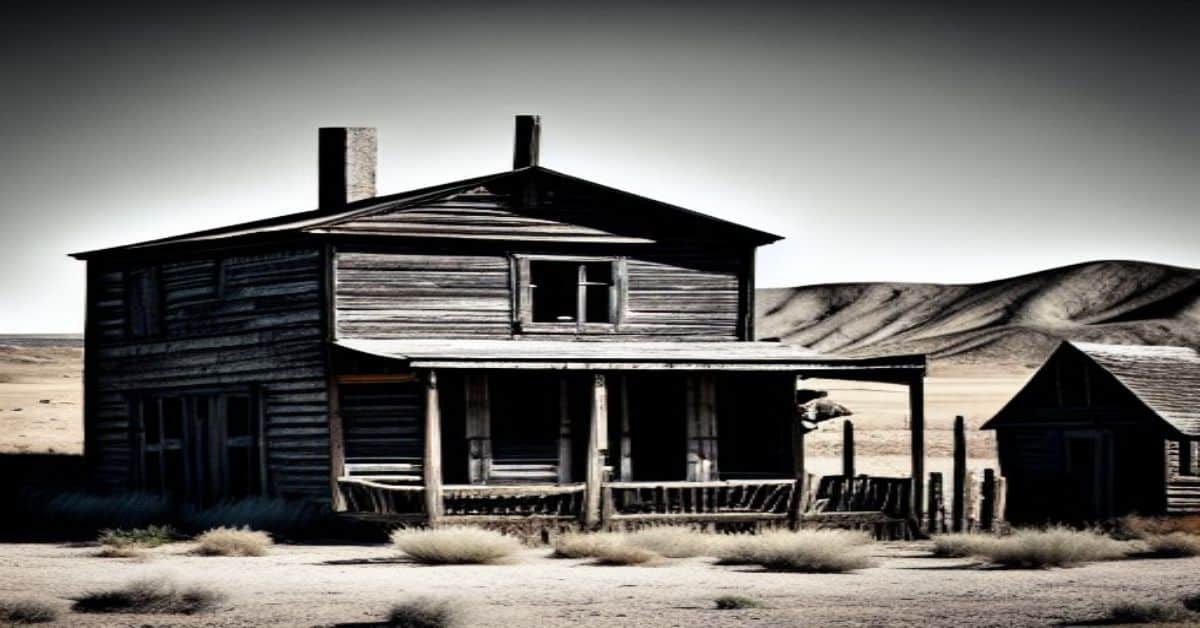Perched on the banks of the Bear River, nestled in the heart of Box Elder County, lies a town frozen in time. A place where the past and present converge, where the echoes of a bygone era still ring through the streets today. This is Corinne, Utah’s semi-ghost town, steeped in history and mysterious.
Founded in 1868 as a gentile community, Corinne was intended to be a railroad and steamboat center on the Bear River. It was a thriving city for a few years, but ultimately declined when the main road was rerouted in 1903. Despite its decline, Corinne has preserved many of its original buildings, making it a popular destination for history buffs and curious travelers.
Today, the town is experiencing a small revival, with newer buildings and houses popping up. But the soul of Corinne remains firmly rooted in its past, a testament to the enduring spirit of the American West.
Key Takeaways
- Corinne was founded in 1868 as a gentile community intended to be a railroad and steamboat center, but its non-Mormon status and conflict with the Mormon Church led to its downfall.
- Despite its decline, Corinne remains a semi-ghost town with many original buildings today. She is experiencing a small revival with newer buildings and houses in the area.
- Visitors to Corinne can explore the town’s history through attractions like the Corinne Mercantile building and events like the annual Heritage Festival showcase the town’s history and unique atmosphere.
- Corinne’s semi-ghost status and unique blend of old and new offer a must-visit experience for anyone interested in history, art, and good food.
History and Origins
The history of Corinne, a semi-ghost town in Utah, dates back to 1868 when it was established as a gentile city off-limits to Mormons. The city was intended to become a railroad and steamboat center on the Bear River, and Gilmore and his associates acquired the land and were interested the Union Pacific Railroad. This led to the town’s brief prosperity, with many original buildings still standing today.
However, the town was ultimately in conflict with Brigham Young and the Mormon Church and was bypassed in 1903 when the main road was rerouted. The influence of the Union Pacific played a significant role in the development of Corinne.
The town’s establishment as a railroad and steamboat center was made possible by the acquisition of the land by Gilmore and his associates and the interest of the Union Pacific Railroad. This led to the town’s brief prosperity, becoming a hub for transportation and commerce.
Despite this, the town’s non-Mormon status and conflict with the Mormon Church ultimately led to its downfall, as it was bypassed in 1903 when the main road was rerouted. Despite this, the town still stands today as a semi-ghost town, with many original buildings and a small revival in newer buildings and houses in the area.
Current State and Revival
The Corinne area is experiencing a revival with the addition of newer buildings and houses. This progress is evident in the town’s efforts to preserve its heritage, while also adapting to modern times. The mercantile building, for instance, is now in use as an artist’s studio, and the mason lodge is still in operation.
In addition to preserving original buildings, new developments in the area have also contributed to the town’s revival. Residents have built newer homes, and small businesses have opened up, including a coffee shop and a bakery.
The town’s semi-ghost status has added charm, attracting tourists interested in its history and unique character. Overall, Corinne’s current state is a testament to its resilience and ability to adapt to changing times while preserving its historical roots.
Attractions and Recommendations
With its rich history and unique blend of old and new, visiting Corinne, Utah, is like taking a step back while experiencing a modern twist. The town’s semi-ghost status adds charm, with many original buildings still standing and newer structures popping up to create a vibrant community.
Visitors can explore the town’s history through attractions like the Corinne Mercantile building, which now serves as an artist’s studio, or by attending events like the annual Heritage Festival.
“BUILT IN 1970 OF MUD, SALT crystals, basalt, and dirt, the Spiral Jetty is 1,500 feet long and extends far out into the Great Salt Lake.”
“However, no one saw this work for over 30 years. Built during a drought by Robert Smithson, once the water levels returned to normal the spiral was then submerged for three decades, reemerging during a drought in 2004.”
https://www.atlasobscura.com/places/spiral-jetty
In addition to its historical attractions, Corinne offers a taste of local cuisine that shouldn’t be missed. The town’s small population supports several dining options, including the popular Corinne Restaurant and the charming Cafe 300. Visitors can enjoy classic American fare and homemade baked goods while enjoying the town’s unique atmosphere.
Overall, visiting Corinne is essential for anyone interested in history, art, and good food.
Frequently Asked Questions
What was the population of Corinne at its peak, and how does that compare to the current population?
At its peak, Corinne’s population reached approximately 1,500 residents. The population is much smaller, and the town is considered a semi-ghost. Corinne maintains historical significance as a once-thriving railroad and steamboat center despite this. Population comparison is evident between the town’s past and present.
Are there any notable events or legends associated with the ghostly activity reported in Corinne?
Currently, no notable events or legends are associated with the paranormal activity reported in Corinne, Utah. However, the town’s historical significance as a gentile city in conflict with the Mormon Church adds to its eerie charm.
How has the local community responded to the town’s semi-ghost status, and what initiatives have they taken to preserve its historical buildings?
The local community has responded to the semi-ghost status of Corinne with community involvement and historic preservation initiatives. Efforts to preserve the town’s original buildings have been made, with newer buildings and houses added to the area.
Are there any unique local businesses or restaurants worth visiting, Corinne?
Exploring Corinne’s food scene reveals hidden gems, including local cuisine and must-visit shops and cafes. Alongside community-led initiatives for historical conservation, preserving landmarks and artifacts is a priority for the town.
Has Corinne been featured in movies, TV shows or inspired any literature or art?
Corinne, Utah, has not been featured in major movies or TV shows. However, its rich history and unique architecture have inspired local artists and writers, contributing to the town’s impact on regional art and literature.



